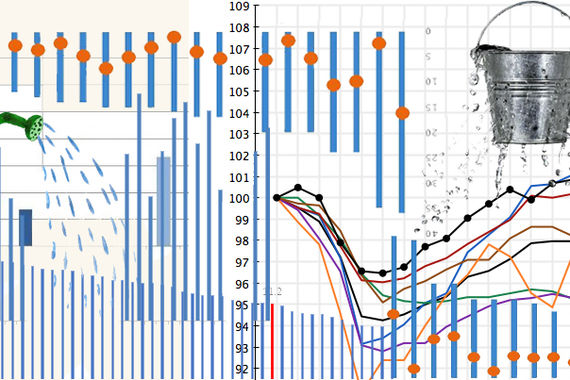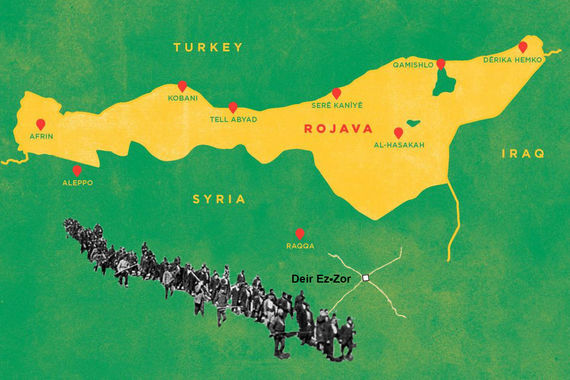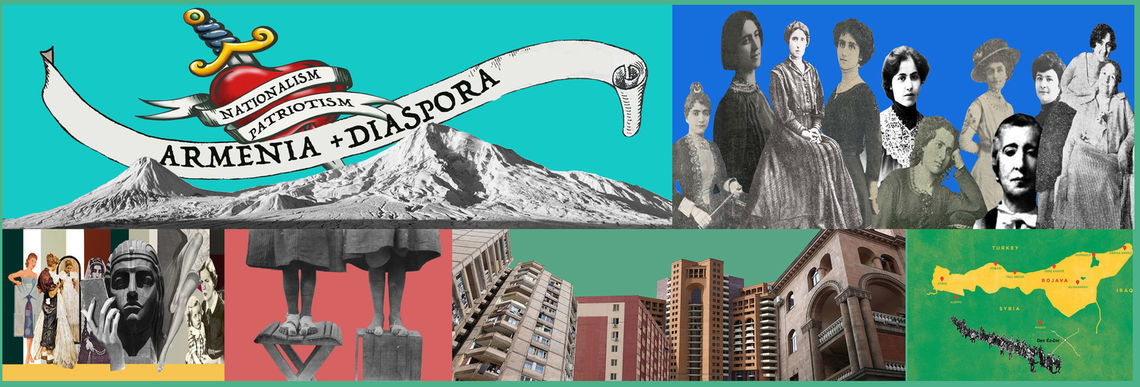
A selection of some of the most read articles of 2019 on EVN Report.
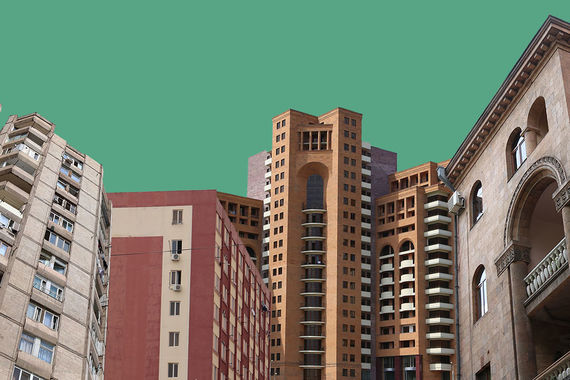
Buying Real Estate in Armenia: One Diasporan’s Experience
By Harout Manougian
Are you interested in purchasing a home in Yerevan? If so, Harout Manougian offers some invaluable information and advice and more importantly, tips on how to avoid the inevitable pitfalls in an unregulated real estate market.
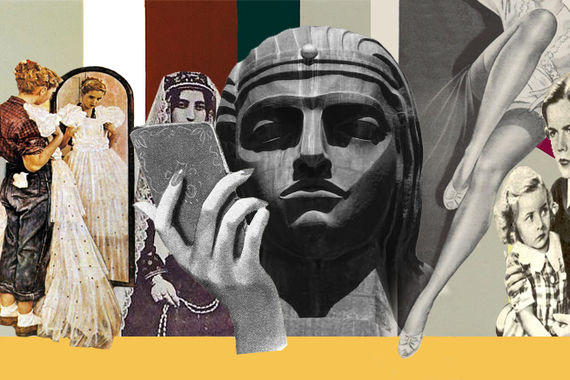
Sexual Discourse: Speaking About the Unspeakable
By Sona Martirosyan
In the public discourse, sex is often seen as being diametrically opposed to almost everything - religion, love, traditional values, even the motherland. With this in mind, many will be shocked to hear that sex does exist in Armenia, Sona Martirosyan writes.
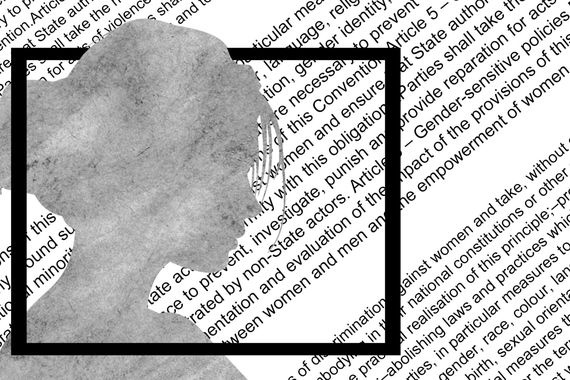
The Istanbul Convention Digested
By Avnik Melikian
Did Armenia’s government jump the gun by announcing that it will ratify the Istanbul Convention to an unprepared population? The Convention, the first international treaty that legally defines violence against women, has become a controversial topic in Armenia, dividing a deeply conservative society and creating panic, bordering on hysteria, in some circles.
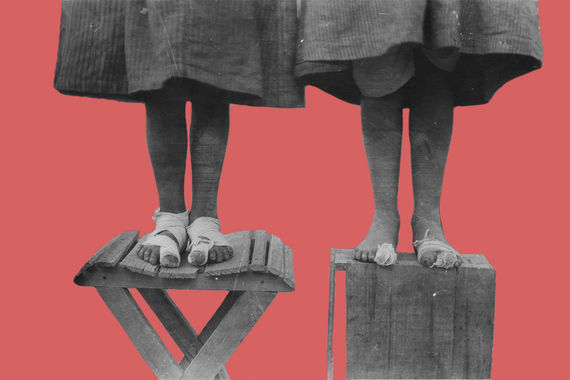
The Armenian Orphans of the Genocide: Separation, Reunion, Loss and Sacrifice
By Arpine Haroyan , Gayane Ghazaryan
Many took the harrowing experience with them to their graves. Others would share only fragments of memories. All of them suffered unimaginable loss. They were the orphans of the Armenian Genocide and their stories must never be forgotten.

How Genocide Survivors Made Yerevan Great
By Hovhannes Nazaretyan
From those who survived the Armenian Genocide to those who moved to Soviet Armenia during the Great Repatriation of the 1940s, Western Armenians contributed to Yerevan’s incredible rise as a major city, turning it into the heart and soul of the Armenian nation.
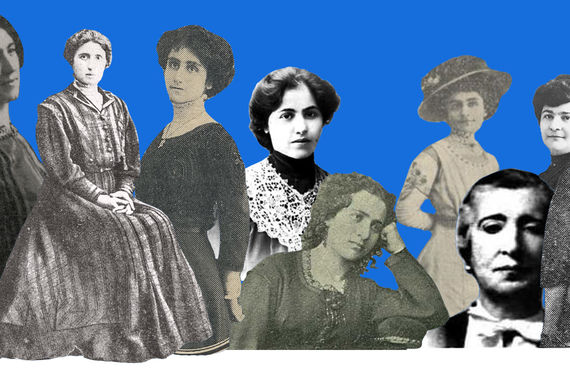
Armenian Women's Writing in the Ottoman Empire, Late 19th to Early 20th Centuries
By Hasmik Khalapyan
“A male writer is free to be average, but never a female writer.” This is what 19th century writer Srbouhi Dussap told Zabel Yesayan when she announced she wanted to be a writer. Hasmik Khalapyan traces the extraordinary lives of Armenian women writers of the Ottoman Empire.

Shooting to Heal
By Vigen Galstyan
Vigen Galstyan takes the reader on a journey spanning a century of Armenian women photographers who carved out their own individual spaces and honed a personal vision that spoke to urgent, collective questions, often speaking the unspeakable and approaching the unapproachable.

A Conceptual Gap: The Case of “Western Armenia”
By Varak Ketsemanian
“Western Armenia” as a concept is a crucial component of the Armenian national narrative, mostly in the Diaspora. In this article, Varak Ketsemanian raises some questions regarding the Armenian reality’s understanding of “Western Armenia,” its biases and blind-spots. He suggests refining the ways in which we discuss and represent “Western Armenia” in the 21st century.

Is the Diaspora Patriotic Enough?
By Nerses Kopalyan
If we are to develop and build a functional relationship between the Homeland and the Armenian Diaspora, we need to understand the discrepancy between the Diaspora’s devotion to Armenianness and the Republic of Armenia’s vision for the Armenian world.

